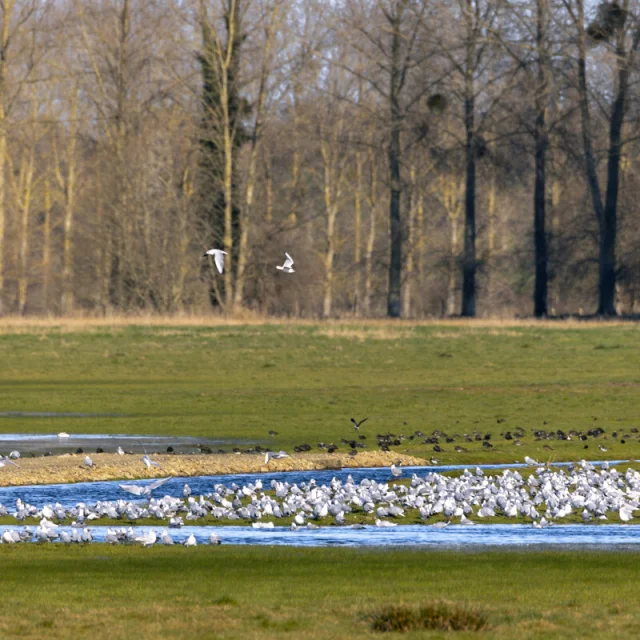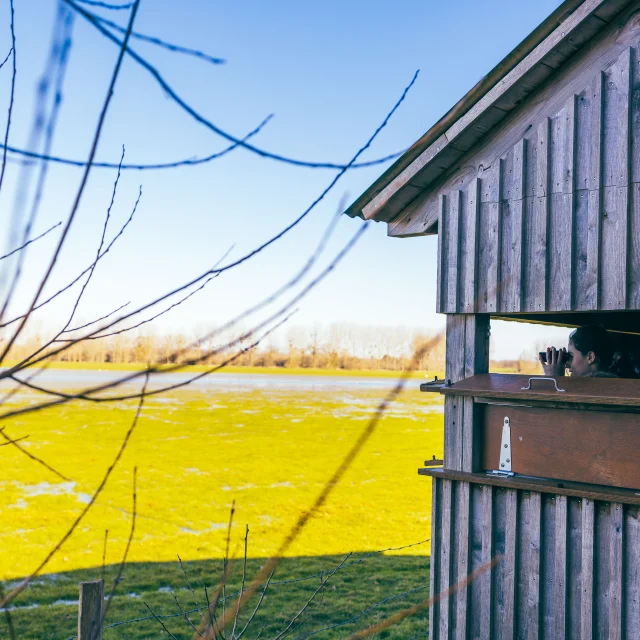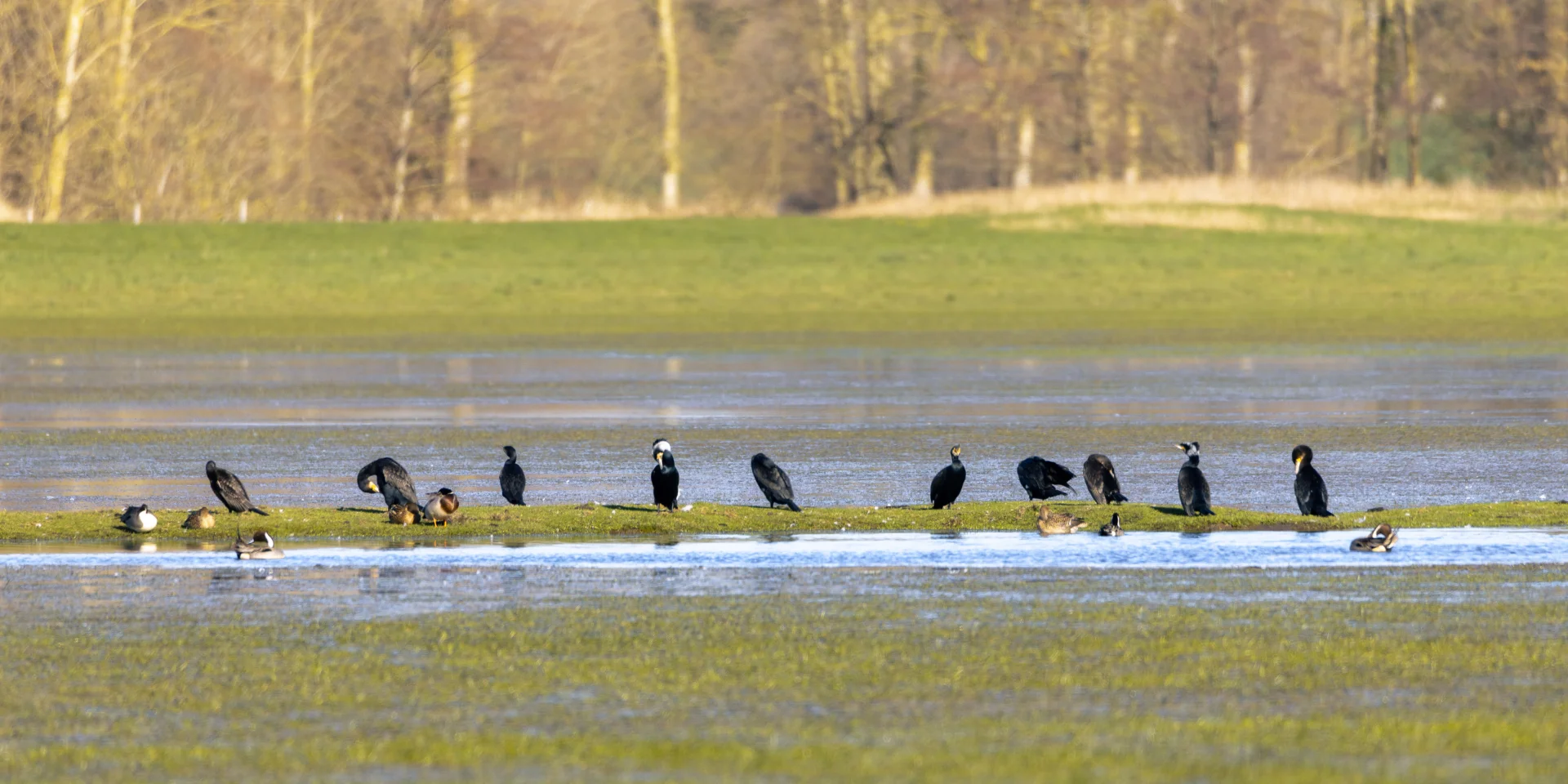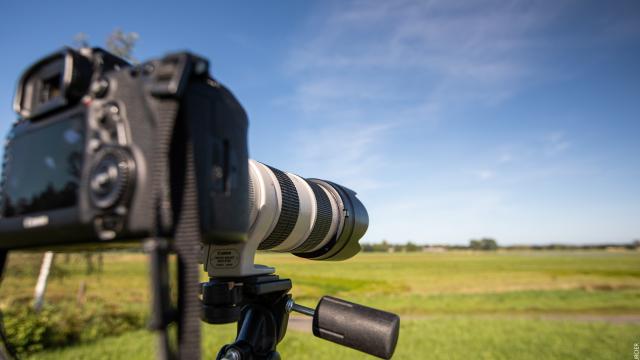 Photographer
Photographer Photographer
Photographer Photographer
Photographer Photographer
Photographer Photographer
PhotographerOnce upon a time, at a certain time of year, more precisely in February, there was the story of hundreds of migratory birds crossing continents in search of the most perfect of stopovers: the Marais de Sougeal! A tourist getaway nestled in the heart of the Bay of Mont-Saint-Michel for these 60 different species. Just like a visiting tourist, they come here for a healthy break, to regain their strength so that they can continue their journey, their migration.
But why this break? They come here mainly to feed, this stopover can last a few days, or weeks!”
“When appetite goes, everything goes”
As far as I’m concerned, like them I needed this break, a break away from home. This little jaunt into familiar, but almost unknown territory.
Like everyone else, I see birds in the sky, on the trees, on the roofs of houses, but during this break, I took the time to observe them, to learn why they come to make their annual break with us.
This winter migration, it’s the prenuptial migration, it’s aerial romance par excellence. These birds come from northern Africa to Sweden and even as far as Siberia. Different destinations, but one common goal: the search for food. And for some, a travelling companion for the journey of a lifetime.
Their internal compass leads them, their sense of smell locates them, all of which guides them to find the right path! Not to mention their already increased knowledge of geography and yes these birds have learnt from an early age the coasts, the rivers of the various countries they cross. Like me, like you… it’s pretty funny isn’t it!
 Photographe
PhotographeLet’s get on with the observation, now that I know where they go, why they go there and how they go there! With her spyglass in place, Marion, our guide and heritage coordinator, shows me and my fellow observers the different species of duck, and the difference between male and female ducks. Because the mother duck is not like the father duck, her colours are paler and less visible. As well as the need to escape predators and hunters, it’s the lady duck who chooses the most handsome male, not the other way round. Mr duck has to seduce the ladies!
I take breaks from the long view to take the time to observe with my eyes all this green expanse, to admire the flight of the great egret, the calm and the plenitude of this place.
I confess I haven’t remembered the names of all the bird species encountered during this little escapade but I saw swans, a great egret, crested lapwings and of course seagulls! After all, this is Brittany!
The ecstasy of this moment reaches its climax when the lapwings take to the skies in a shimmer caused by the light dancing on their wings, it’s quite simply the amazement of the whole group. I feel like a child again, my mouth and eyes wide open as I watch this aerial ballet. An open-air spectacle! One of the people in the group compares it to a firework display, nature has invented everything, leaving the inspiration to us.
Then we return to earth, to the marsh at last, and discover large white birds, geese? seagulls? No, swans…
Here, a family of swans has taken up residence. Mr and Mrs Swan settled here some time ago and 4 baby swans have been born … A pink notebook moment!
 ©SMBMSM - Sougeal marsh in winter - Sougeal
©SMBMSM - Sougeal marsh in winter - Sougeal Photographer
PhotographerI’ve learnt that swans, so magnificent on the water, take a long time to learn to fly and when they do, it’s not famous. Their flight is heavy and slow. The grace of their swimming is completely forgotten when you see them take flight! It’s a pity, a myth gone out the window, but they’re no less magnificent for that. In addition to the migration of these hundreds of birds in the 175 hectares of the Sougeal marsh, there are also 8 species of amphibians, 360 species of flora and pike …
In fact, this is the breeding ground for pike. They are more precocious than others, but the Sougeal marsh is the ideal place for Captain Pike, Madame and her friends to fertilise their eggs and give birth to lots of baby pike! The marsh allows the young to grow up peacefully and can then travel up the marsh canals for the love of the open sea.
Our guide Marion takes us into the world of biodiversity!
The walk ended with one of my fellow walkers taking a deep breath and expressing the fact that he was rested and relaxed… And so I’m ready to set off on another adventure, to show off this little green corner to all those who want a nature break and take the time to observe the flora and fauna of our Destination.
 Simon Bourcier Ornithological outing Marais De Sougeal Fb
Simon Bourcier Ornithological outing Marais De Sougeal FbDiscover our 8 preserved treasures!